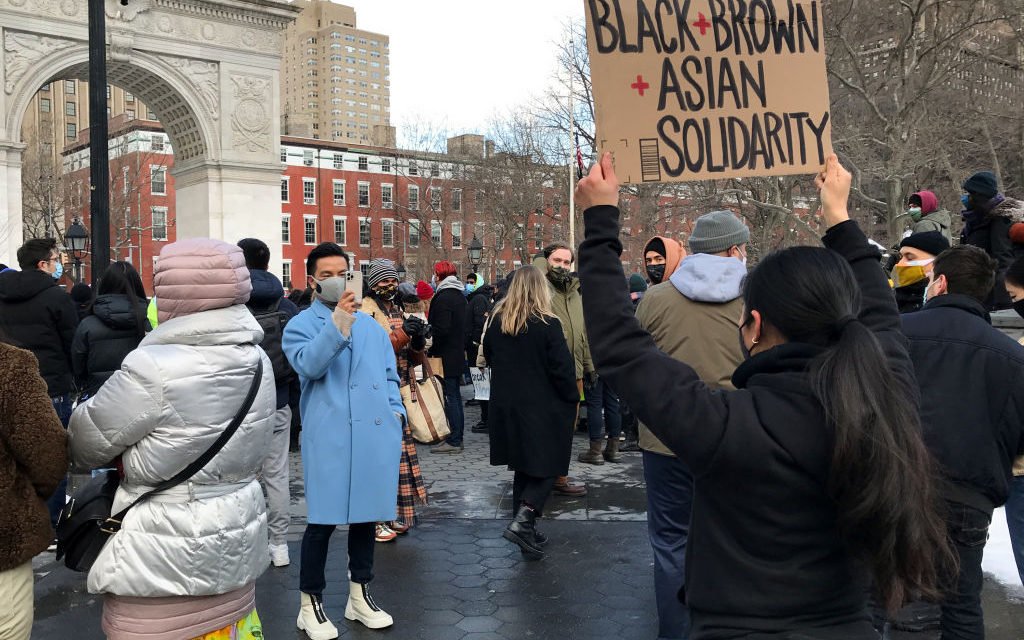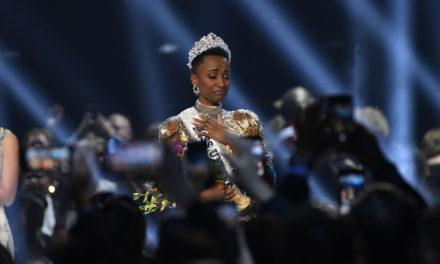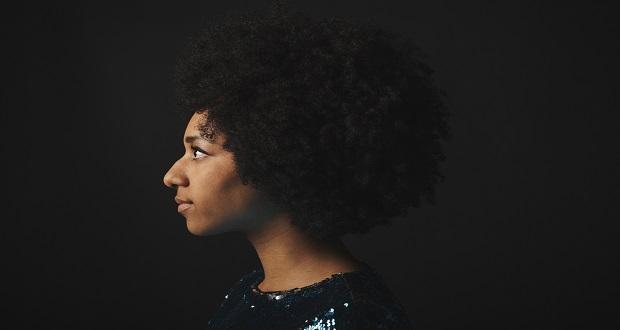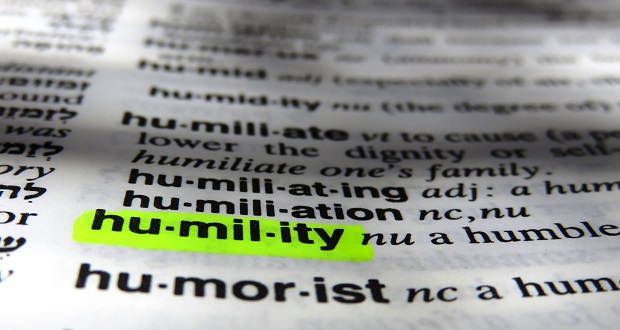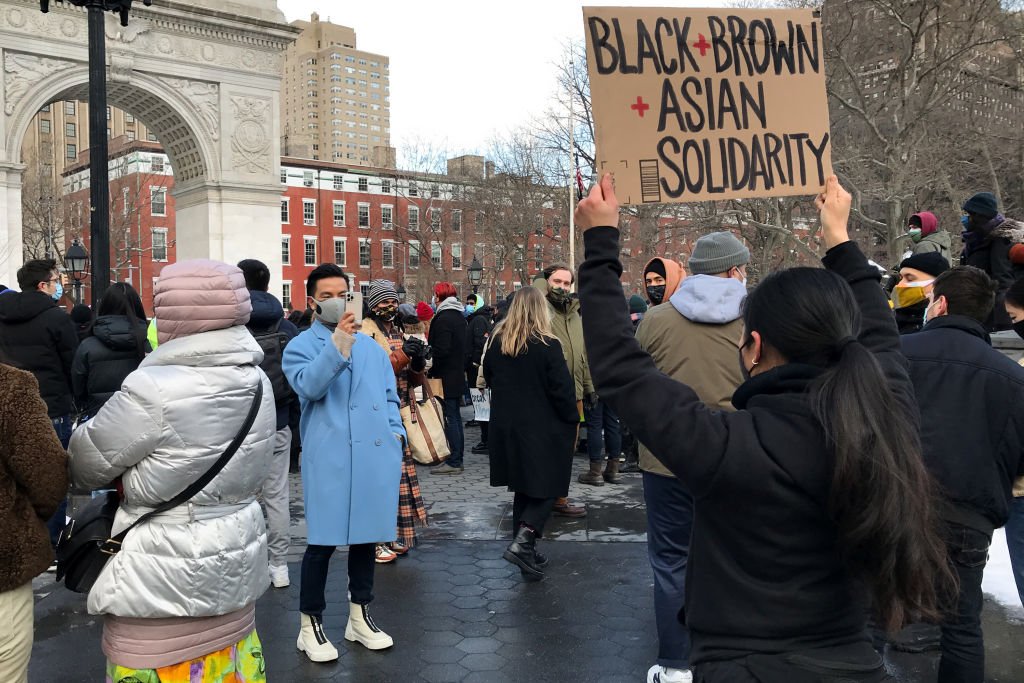
“Asian-American Hate Crimes on the Rise.”
“Record number of attacks on Asian Americans.”
“COVID-19 and Xenophobia”
Sound familiar? The same headlines from this time in 2020 are back again following another wave of increased violent attacks against Asian Americans across the country, from microaggressions to murders. This increase in media coverage coincides with President Biden’s signing of a memorandum condemning the discrimination and violence against Asian Americans that has heightened during the COVID-19 Pandemic.
As an Asian American, I have experienced a range of emotions, and I am certain many Asian-American folks have felt similar sentiments after seeing people who look like our grandparents, parents and loved ones in videos and obituaries all over the internet. I also know many of us held our hurt and frustration inside for various reasons.
Until writing this post, the internal monologue in my head this time last year and this week went a little like this:
“But it’s Black History Month, Thamara. If you post this, you are taking away from the importance and reverence of Black History Month, which already doesn’t get the attention it should!”
Then I stopped for a moment and interrogated my thoughts.
This is not a competition. This is not “oppression olympics.” There is no gold medal for whose lived experience is more deadly, or who is more stereotyped, in this country. Uplifting Black voices during the month of February is critically important… and it does not have to come at the expense of denouncing yet another episode of racist targeting of Asian Americans.
This is not a competition. This is not 'oppression olympics.' There is no gold medal for whose lived experience is more deadly, or who is more stereotyped, in this country. Click To TweetOur complicity in internalized oppression takes constant practice to unlearn. Our collective embodied traumas are a result of decades of hate crimes against Asian immigrants — ancestors of the diaspora — that have been overshadowed and minimized by the harmful acceptance of the model minority myth. It is the reason why many self-proclaimed activists or “allies” stay silent and/or deprioritize liberation and equity for the Asian-American Pacific Islander (AAPI) community.
Staying silent and minimizing the Asian–American experience is an injustice for all communities of color. Where does the AAPI community “fit” in the conversation of justice, especially when other racial/ethnic groups have experienced longer and different forms of violence, injustice and oppression? Although AAPI and Black communities experience oppression differently, our liberation is bound together. Our histories, triumphs and tribulations are so intertwined, as we have so often been pitted against each other to uphold white supremacy in America.
Although AAPI and Black communities experience oppression differently, our liberation is bound together. Our histories, triumphs and tribulations are intertwined, as we are pitted against each other to uphold white supremacy. Click To TweetMy call to action? Let’s get free… together.
My call to action? Let’s get free... together. Click To Tweet- If you are a leader wanting to create equity for AAPI communities, start with disaggregating the data you collect so you can change the way you support those who identify as AAPI. We do a disservice to and minimize the unique diversity within the AAPI community (almost 48 different ethnic groups) when we “lump” our experiences into one data bucket. There are hundreds of policy and research resources to help disaggregate data within institutions, as well as support policies that sustain this work.
- If you are part of the AAPI community, prioritize community healing and the unpacking of our internalized oppression. Our culture is one of our strongest assets, one that reveres community, harmony and connectedness — and often, we don’t want to burden our loved ones with the pain we are experiencing. Know that we are WORTHY of affirming our humanity and building bridges with other communities of color who have been harmed by white supremacy. In fact, history shows us the possibilities. The Smithsonian’s Collection on Asian-Black Solidarity Movements for Liberation is a start.
- If you are not part of the AAPI community, but identify as BIPOC or white, you can show solidarity too. Some swift and powerful ways to do this include reporting AAPI hate incidents, contacting your state representatives to share support, and donating to the various grassroots organizations that are providing direct support to AAPI folks across the country.
“We never know how our small activities will affect others through the invisible fabric of our connectedness. In this exquisitely connected world, it’s never a question of ‘critical mass.’ It’s always about critical connections.”
— Grace Lee Boggs, Asian American Activist and Civil Rights Leader

